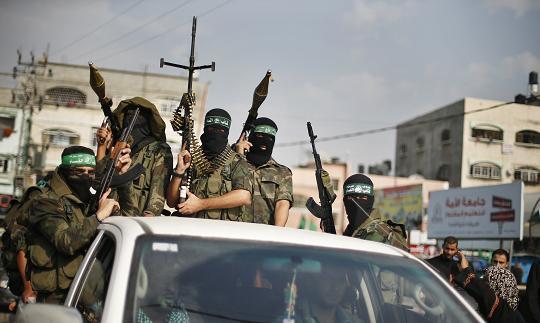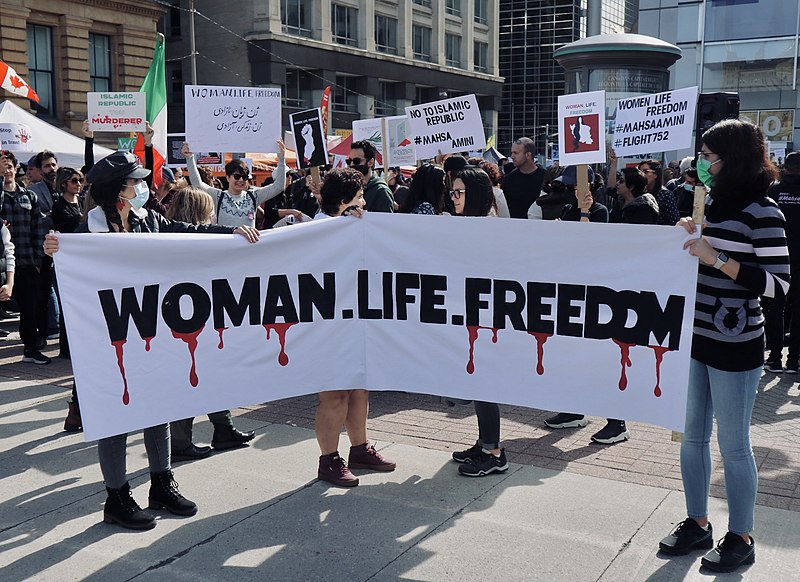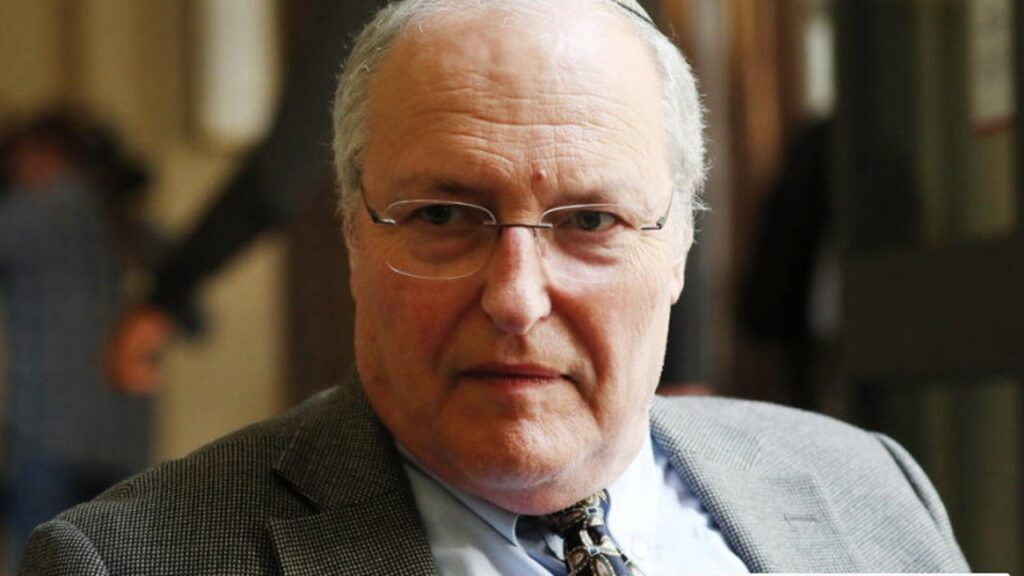IN THE MEDIA
Mideast peace possible if Hamas chooses
August 12, 2014 | Mark Leibler

Mark Leibler
Canberra Times/Sydney Morning Herald online – August 12, 2014
http://www.canberratimes.com.au/comment/mideast-peace-possible-if-hamas-chooses-20140811-102qmg.html
As of this writing, the war that raged between Israel and Hamas over the past month appears to have ebbed.
If it is over, it is only because Hamas finally made the decision that Australia and the world had been imploring them to do for weeks – that is, to stop committing the war crime of firing indiscriminate rockets on Israel.
You can criticise Israel’s handling of the war. You could – even before having all the facts and details of the battles between Hamas terrorists and the Israel Defence Forces – rush to judgment that the IDF could have done much more to reduce civilian casualties.
I would strongly disagree with you. I believe as more verifiable facts come to light of how the war was conducted on the Israeli side, there will be more evidence to exonerate the IDF from most self-serving allegations – originating primarily from Palestinian sources – as happened in the past, following outbreaks of fighting in 2009 and 2012.
You are free to criticise Israel. However, what you can’t do is try to excuse Hamas’ aggression by claiming that Israel turned its back on peacemaking with the Palestinians. That would be historical revisionism.
Since 2000, Israel has made at least three credible offers for peace that would have created a Palestinian state on nearly all of the West Bank and Gaza, but each time, the Palestinians walked away from the table.
These overtures have continued under the centre-right Israeli Prime Minister Benjamin Netanyahu. Even Netanyahu’s critics on the left would agree that he has not only talked about peace, but made substantial concessions to try to achieve it.
American peace mediator Martin Indyk recently said that Netanyahu was in the “zone of agreement” in recent peace talks, while an in-depth study of the recent failure of the Kerry peace initiative by Ben Birnbaum in the New Republic showed that Netanyahu had agreed to the US formula of a Palestinian state based on pre-1967 boundaries with minor, mutually agreed, land swaps.
It’s revealing that the broad consensus of Israelis across the political spectrum that support a two-state peace solution believe that Netanyahu’s peacemaking moves have been genuine. Other polls show that an even broader consensus of Israelis supported Netanyahu’s cautious moves during the current escalation, and further believed he took every reasonable step to avoid war with Hamas, making the current conflict unavoidable.
Israel’s desire for peace even extends, to the extent it can, to its dealings with Hamas – an organisation committed to Israel’s destruction. Israel has maintained that as soon as Hamas agreed to the conditions of the Middle East Quartet – to recognise Israel, renounce terrorism and adhere to previous agreements signed with the PLO and Palestinian Authority – Israel would be prepared to negotiate with them. To this day, Hamas has not accepted even these commonsense baseline parameters.
Even in the absence of such reforms from Hamas, Israel had respected a ceasefire with Hamas since 2012, promising calm for calm. While Hamas rockets never completely stopped since then, they greatly slowed, and Israel exercised the utmost restraint to avoid escalating hostilities when they arose.
In the weeks leading to the current conflict, Israel once again attempted to de-escalate the situation, but was repeatedly scorned. Then, during the war, the IDF upheld a ceasefire in good faith on seven occasions. Some of those ceasefires were agreed to or even requested by Hamas, but all were violated by Hamas.
Hamas, it must be remembered, is a proscribed terrorist organisation and calls for a genocide against Jews right in its charter. It has never accepted Israel’s right to exist and never accepted the concept of a two-state peace with Israel.
On the contrary, since the Oslo Accord was signed by former Israeli Prime Minister Yitzhak Rabin and then-Palestinian leader Yasser Arafat in 1993, Hamas has unceasingly used terrorism and violence to sabotage the chances for peace. During the 1990s and again in the 2000s with the Second Intifada, Hamas’ preferred tactic was suicide bombing.
After the Second Intifada, when former Israeli Prime Minister Ariel Sharon built a fence to thwart the infiltration of suicide bombers into Israel, Hamas increasingly relied on rockets and mortars fired from Gaza to kill Israeli civilians.
In 2005, Israel razed its settlements and withdrew from Gaza and also from an area of the West Bank, giving the Palestinian Authority an opportunity to show the world what a future Palestinian state could be like. Sadly, within two years, Hamas seized control in a bloody coup, and the biggest losers have been the Gazan people, who have been subject to oppressive, totalitarian Islamist rulers who embarked on an intensive militarisation campaign while ignoring their needs.
It was only after Hamas seized control that Israel instituted a defensive blockade – a move that has been endorsed as legal by the UN. Following years of concessions, the remnants of that blockade remain solely to prevent Hamas from developing its terrorism capabilities, which is precisely why Hamas is so intent on having this restriction removed.
Two key aspects of Hamas’ campaign of militarisation were a massive increase in rocket production and the interweaving of Hamas military assets into civilian neighbourhoods, including the digging of military tunnel shafts in apartment buildings and clinics, extending into Israel, and even the installation of hidden rocket launch sites in schoolyards.
This outrageous and unprecedented level of militarisation of civilian areas by Hamas is, of course, a flagrant violation of international law and, together with Hamas’ tactical use of human shields – as detailed in their own captured training manuals – has been identified by analysts as the biggest reason for the distressingly high number of Gazan civilian casualties that have been encountered.
For the international community, it’s time to get to the root of the problem in Gaza. That problem is not the occupation. There is no occupation in Gaza, according to most benchmarks of international law. In fact, one might well argue that it was the absence of occupation which allowed Hamas to develop its terrorism infrastructure since 2005. As for the West Bank, Israel has consistently shown a willingness to end its control there as part of a secure, realistic two-state peace resolution.
The problem, as ever, is Hamas, an Islamist terrorist organisation which keeps using Gaza’s civilians as sacrificial lambs in an endless, senseless war it cannot possibly win, even by using every dirty, illegal trick in the book.
It is clear that as long Hamas has the means to attack Israel it will do so, at the cost of innocent lives of both Israelis and Gazans. To avoid future needless bloodshed, the international community should support Israel’s call for any relaxation of the blockade and program of rebuilding and reconstruction to be linked to a carefully supervised demilitarisation of Gaza.
There is a word to describe a cynical regime that pours millions into rockets, terrorism tunnels and indoctrination towards martyrdom while refusing to invest in health, education, economic development or even fuel to run its power plant.
It’s criminal.
Mark Leibler is National Chairman of the Australia/ Israel & Jewish Affairs Council.
Tags: Israel





